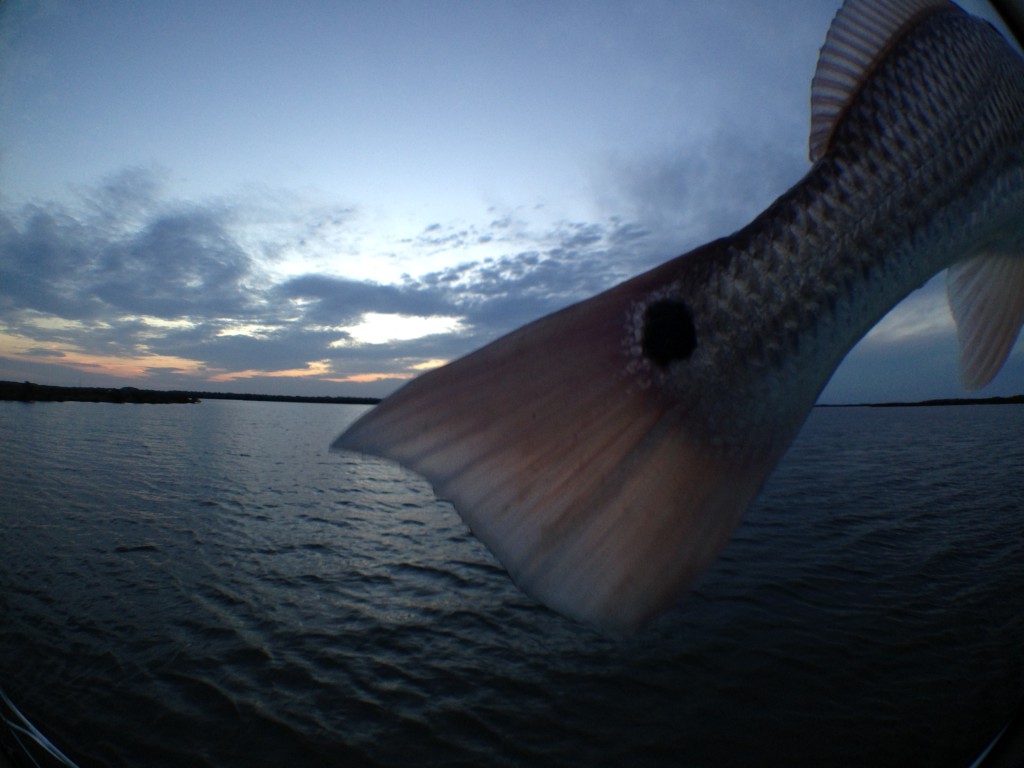Sight fishing in the gin clear waters of an estuary where you routinely hear waves pounding the shore just over the dunes can lead you to believe you’re dialed in when it comes to how you handle a fly rod. Sure, you’ve got to be vigilant, eye on the ball at all times and ready to get in the game the moment a fish appears, but for the most part it becomes a matter of routine. Leading a redfish or trout is a calculation that happens in the blink of an eye, or rather the moment in time that it takes to develop a backcast and shoot line to the spot where you want the intercept angle to originate.
Recently a trip to Alaska opened my eyes to line control in a big way. I spent two weeks, nearly 16 hours a day immersed in a clinic put on by two guys that dissect water in a way that had my attention. Seriously, there was no end to the nuance of the ways they covered every possible spot a fish might be laying in wait for a passing meal.
A lot of humor comes at the expense of trout anglers when they’re on the pointy end of a skiff facing an onshore breeze that seems to keep their intended target just outside of casting range. Guides can spin yarns at the dock over a morning cup of coffee that will have you in stitches as they recall a sport that nearly started a tropical storm whipping fly line to and fro in a panic at the sight of a fish.
For the record, I’ve told a few of those stories as well.
Now, I have to tell you there is some modicum of truth to the generalizations made relative to casting skills between trout anglers and someone who spends most of their time in salt. Its simply a fact of life. The clinic I witnessed in the wilds of Alaska changed my overall bias towards the skills required to fish successfully on a river or stream.
In its most simple form, I’ll call it line control. The cast is merely an introduction from what I saw. A howdy-do, per se. The conversation that follows was the interesting part of the encounter. While it wasn’t 100% sight fishing, it was so akin to it, the line control I witnessed made it clear to me that the essence of it was the exact same thing.
Just like in shallow water sight fishing their is a point where the magic was going to happen. The point in space where a collision was going to occur and the line would come tight. The tug.
Anytime I was on the down current end of the raft, casting to a spot where I thought a fish would be lying in wait; from time to time, there was. Fish on. Yet, when I was on the oars, I would watch these two cast to a similar target, yet their fly would skate or drift through the same point in slow motion, lingering in the sweet spot begging to be eaten. The difference being plainly, my offering was there and gone in the blink of an eye.
They caught fish at a rate of 3 to 1 compared to my effort.
As I watched them, I started to realize that they were more connected to what the fly did once it was in the water. Getting it there was just the beginning compared to my approach which was to have it arrive at the destination.
Mend. Mend. Mend, Goddamit!
Well, its not just for trout fishing anymore in my mind. What?!?
Mending in saltwater sight fishing? YES.
But thats a technique to reduce line drag to ensure a dead drift for wary trout…
Agreed, but the principles of it apply to feeding fish on the flats as well. After making a cast to a moving fish, the ability to adjust the angle of a retrieve more subtlety is invaluable. If you can do it without picking up fly line and recasting you avoid spooking a fish by having line in the air.
I now find myself kicking out line to drag an angle to an arch or raising the rod tip to sweep the fly line to one side or the other to get the fly to where I want it, the point of collision, rather than re-casting.
This change in tactics has accounted for plenty of hook-ups where in the past they likely wouldn’t have happened.
I’ll never look at a trout fishing the same way again.


